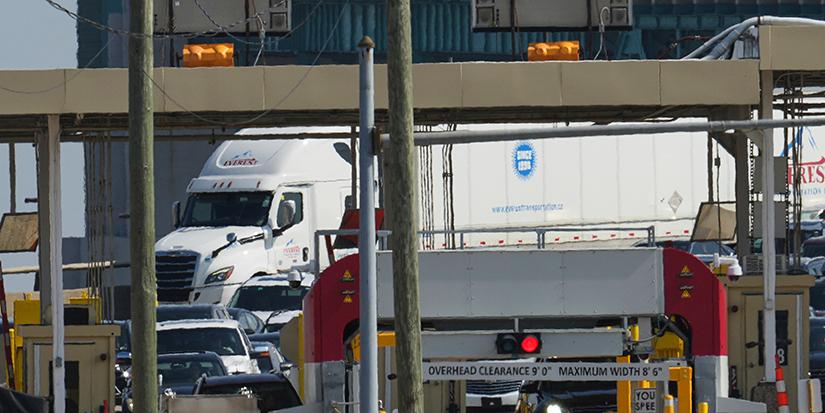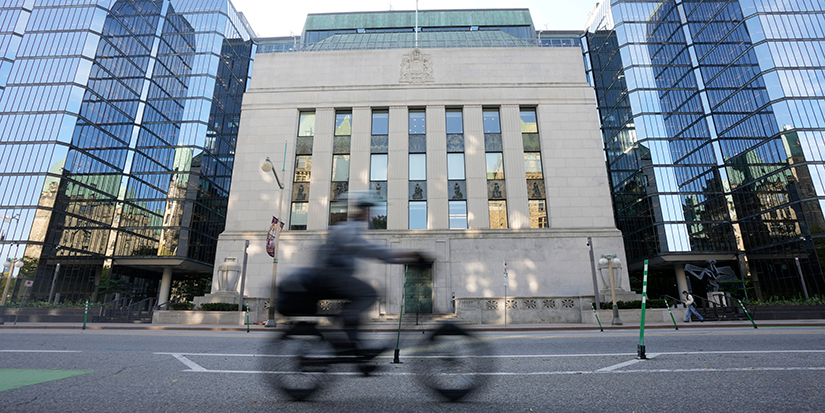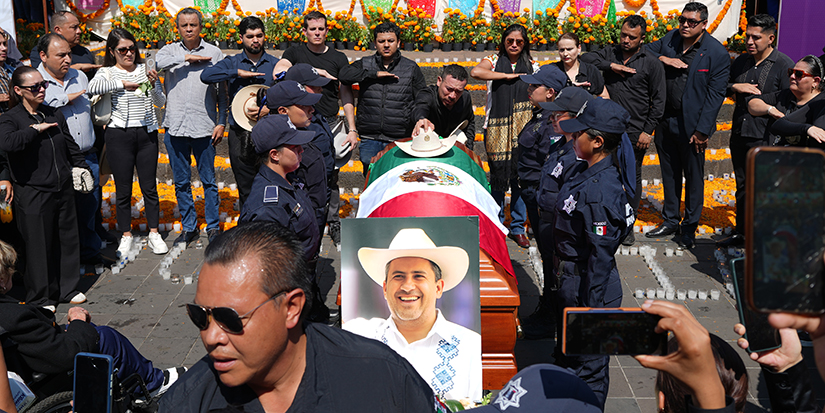Latest News
I can’t believe that’s a law: Manitoba edition

Published 11:19 PDT, Fri April 25, 2025
—
DISCLAIMER: The following article is for informational and entertainment purposes only and does not reflect the opinions or views of the Richmond Sentinel. Following up on our visit into the Province of Saskatchewan’s quirky bylaws and laws, as part of our 13- part series, we continue inland to the Province of Manitoba. Some quirky bylaws and laws include the prohibition of animals with hooves, pit bulls, parades, and psychics requiring licensing.
1. Many people are curious about the future others or themselves, trying to get a glimpse or sneak peek about what is to come. From who their soulmate is to even the date of their death, people visit psychics or fortune tellers are a big part of many cultures. Prior to 2008, the municipality of Winnipeg had made it a requirement for psychics, fortune tellers, tarot card readers, or anything similar to obtain a license in order to operate. Although it is not certain when the law was enforced, on April 23, 2008 the city decided to repeal the requirement for a license, though obtaining a permit was still required.
2. Everyone loves a good parade, especially the ones at Disney where Mickey and Minnie are walking by waving to all the children who can’t believe the stuffed animal they sleep with is real. Apparently, this isn’t always the case though, in the City of Winnipeg, since 1977, all parades required a permit from the Chief of Police. A parade is defined in the by-law as “any procession or body of pedestrians excepting members of Her Majesty’s Armed Forces, numbering more than thirty (30) standing, marching, or walking anywhere on a street, or any group of vehicles except a funeral procession or vehicle’s of Her Majesty’s Armed Forces, numbering ten (10) or more stopped or moving anywhere on a street”. The Bylaw itself explains that for those who want to organize a parade must do the following obtain a permit from the Chief of Police and detail the specifics of the parade, duration, exact route, and payment of such sums of money. (City of Winnipeg Traffic By-law No.1573/77 (9-11)).
3. As a regular civilian, we’ve all seen first responders flash their lights briefly, speeding off onto another street only for them to turn off their lights and reduce their speed to the maximum limit. Most respond by criticizing the first responder’s actions while also wishing they had the ability to do the same. Well, in the Province of Manitoba, that is possible, to a certain extent. On March 1, 2019, the office of the fire commissioner sent out an important notice to Manitoba Fire Departments that notified all departments that “an emergency vehicle that is a vehicle not ordinarily used for emergency purposes and is driven by a volunteer, part-time or on-call or emergency medical responder when responding to fires or medical or other emergencies may be equipped with any of the following: a. Forward-facing LED visor lam or dash lamp that flashes red when activated, b. A forward-facing LED grill lamp that displays a flashing red light when activated; c. Two rear-facing LED lamps positioned to the left and right of the vehicle’s rear that flash red rearward when activated; d. A rear-facing LED lamp visible from the vehicle’s rear window that flashes red when activated, alone or in combination with a white LED”. (Emergency Lighting Allowances for Personal Vehicles used by Paid-call / Volunteer Firefighters).
4. Gophers are small, soft, and kind of look like mini beavers, but gophers are not always well-received. Gophers can cause extensive damage to gardens, lawns, and even farm land. This chaotic animal, though so small, can create so much extensive damage that in 1919, the Rural Municipality of Victoria, located in south-central Manitoba, enacted a law that designed a specific day each spring for residents to collectively destroy gophers, aiming to protect crops. (Rural Municipality of Victoria). Thankfully, the law is no longer enforced, so there will be no more gophers extermination.
5. A tartan is a cloth woven in a specific crisscross pattern. Commonly associated with Scotland as it has been used for centuries in traditional clothing. In 1962, the Province of Manitoba adopted the tartan as the province’s symbol. Designed by Hugh Kirkwood Rankine, the tartan incorporated colours and patterns that represented various aspects of Manitoba’s history and culture. Since the tartan has such a cultural significance to the province, the Manitoba Emblems Act prohibits individuals from selling, displaying, or advertising any tartan as the province’s unless it has been officially recognized. (Government of Manitoba, Emblems of Manitoba Act) To this day, the bylaw is still enforced.
6. Living in British Columbia, we can expect at most a handful of snowfalls, but that is not the case in Manitoba. In Manitoba, snowfall is much more prevalent. On average, the province experiences 53 days of snowfall and 132 days with snow on the ground. This frequent snowfall requires lots of shovelling, which can cause some municipalities to take some more extreme measures. In 1983, the City of Winnipeg took these extreme measures to the next level. The Winnipeg’s Sidewalk Cleaning By-law No. 3422/83 mandated that all property owners on a specific two-block stretch of Osborne Street (between River and Stradbrook Avenue) must clear snow, ice, or debris from adjacent sidewalks within 48 hours. Failure to remove snow or ice from private property to street could result in a $100 fine which equates to about $278.61 today. (City of Winnipeg). Thankfully, today, this bylaw is no longer enforced.
7. Moats and drawbridges were a great way to keep people safe and enemies out. Surprisingly, in Manitoba on June 26, 2005, a new legislation was enacted called the Fortified Buildings Act. The Act was introduced in response to reports of buildings being fortified in ways that could result in significant risks to public safety and law enforcement operations, buildings were enforced with bulletproof materials, reinforced doors, and more. One example of this occurred when a motorcycle gang decided to fortified their building by creating a drawbridge that operated using a pulley system. A person guilty of an offence is subject to a fine of no more than $5,000 or imprisonment for a term not more than three months, if a corporation is found guilty they are subject to a fine of not more than $10,000.
If you think we missed any quirky laws in this province, feel free to email us at newsroom@richmondsentinel.ca or comment under the post on one of our social media accounts. In the next edition, we venture to The Heartland province, also known as Ontario, to see what quirky laws and bylaws were or still are enforced.



































